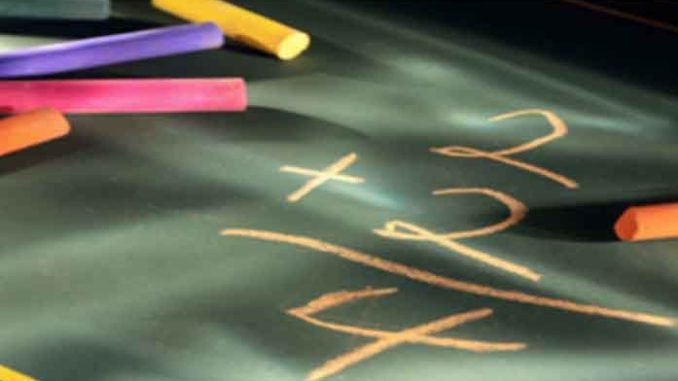
PHOENIX — A new report by the Goldwater Institute examines enrollment in both charter and traditional district schools in Arizona and the more than 1.4 million square feet of vacant school district building space. The report from the Goldwater Institute and the Arizona Chamber Foundation explores whether charter-district co-location can benefit Arizona schools.
Goldwater Institute Director of Education Policy Matt Beienburg and Arizona Chamber Foundation Senior Research Strategist Matthew Ladner penned the report, Empty Schools Full of Promise: Exploring the Benefits of District-Charter Co-location Partnerships in Arizona.
Beienburg and Ladner argue that co-location can ameliorate the state’s glut of vacant or underused school space. “Co-location pairs district schools that have unused space on their campuses with charter schools—who often struggle to find suitable or affordable classroom facilities, since the state does not actively provide them with buildings like it does for district schools,” stated Beienburg.
According to the Goldwater, “while Arizona hasn’t yet embraced co-location, other states like California and New York are fostering it. In some places, charter schools have the right of first refusal to purchase or lease unused school facilities. And in California, school districts are required to make space available to all charter schools operating in their district, and the provided facilities must be “reasonably equivalent” to those used by the district schools.”
If Arizona school districts leased surplus property to charter schools at similar rates as in Georgia, California, and New York, the savings could reach $21-$38 million per year, according to the report’s authors. The savings could then be reinvested to benefit students’ education.
“District schools that share their campus with a charter school have been found to better allocate their resources toward student learning, increasing their spending on instruction, rather than other areas, by 8.9 percent in response to the charter school’s arrival.
In Arizona, this would translate to an additional $390 per student, or $7,800 per classroom of 20 students,” said Beienburg. “When districts are able to shift their priorities away from the upkeep of excess facilities and toward classroom instruction, their students come out ahead.”
“Tens of thousands of Arizona families are waiting for their opportunity to attend high-demand district and charter schools. Meanwhile, we have millions of square feet of underutilized school space waiting to be filled with a quality model,” Ladner said. “The more wisely we use our existing classroom space, the more dollars we can invest in our students and teachers. This paper lays out a path to do just that.”
Read the full report here.
